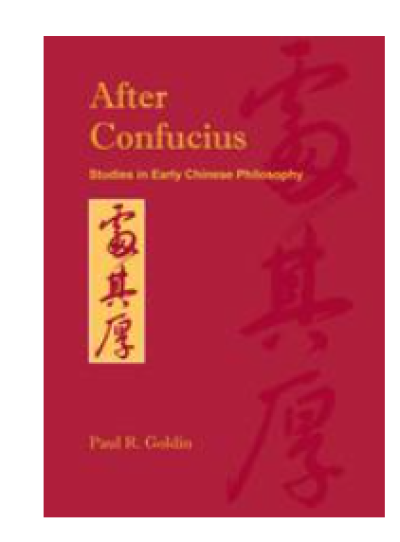Author
Antebi, Susan
Year
2021
Publisher
University of Michigan Press
Type
BOOK
Category
Social Science
Language
English
Pages
283
ISBN
978-0-47290-242-2
Last Update
09-Sep-2024
Keywords
SOCIAL SCIENCE / General;SOCIAL SCIENCE / People with Disabilities
Related
See More
Confessions of a Presidential Speechwriter

Collecting Lives

Audiovisions, Cinema and Television as Entr'actes in History

Characterizing the U.S. Industrial Base for Coal-Powered Electricity

After Confucius, Studies in Early Chinese Philosophy, Studies in Early Chinese Philosophy

Assessment of the National Patient Safety Initiative, Context and Baseline Evaluation Report I